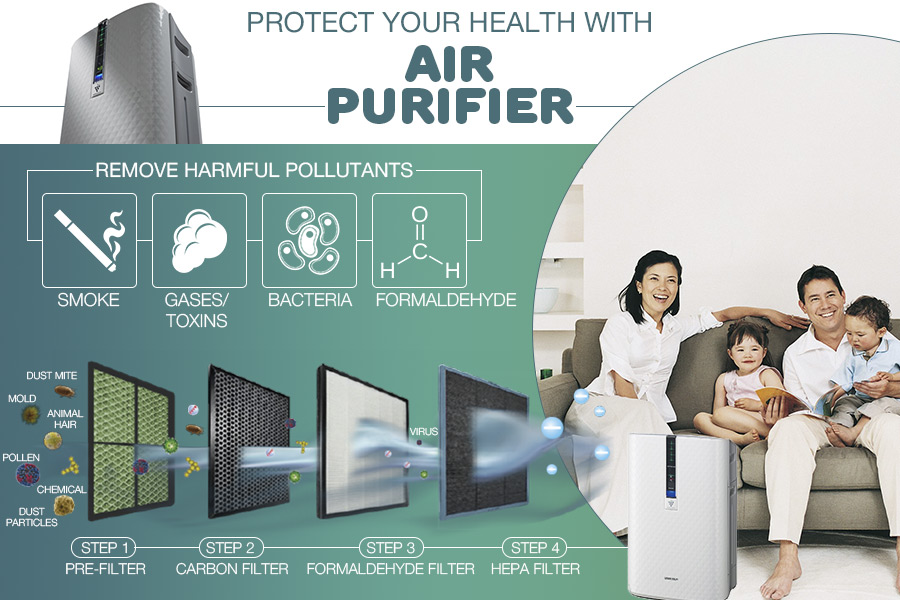The Ultimate Overview To Recognizing Warm Pumps - Just How Do They Work?
The Ultimate Overview To Recognizing Warm Pumps - Just How Do They Work?
Blog Article
Content Writer-Blanton Singer
The best heatpump can conserve you considerable amounts of cash on energy expenses. They can likewise help reduce greenhouse gas discharges, especially if you make use of electrical power in place of fossil fuels like gas and heating oil or electric-resistance furnaces.
Heat pumps work significantly the same as air conditioning system do. https://chancekykug.blog-mall.com/29872136/5-indications-it-s-time-to-upgrade-your-heater-to-a-heatpump makes them a feasible choice to traditional electrical home heating systems.
How They Work
Heat pumps cool homes in the summer and, with a little help from electrical energy or gas, they give some of your home's heating in the winter months. They're a good choice for individuals who intend to lower their use nonrenewable fuel sources yet aren't ready to replace their existing heater and a/c system.
They rely on the physical reality that also in air that appears too chilly, there's still energy present: cozy air is constantly relocating, and it wishes to move into cooler, lower-pressure settings like your home.
Most ENERGY STAR certified heat pumps operate at close to their heating or cooling ability throughout a lot of the year, minimizing on/off cycling and saving power. For the very best efficiency, focus on systems with a high SEER and HSPF score.
The Compressor
The heart of the heatpump is the compressor, which is additionally called an air compressor. This mechanical streaming tool utilizes possible energy from power production to raise the stress of a gas by minimizing its quantity. It is different from a pump in that it only services gases and can't work with liquids, as pumps do.
Climatic air gets in the compressor with an inlet shutoff. It travels around vane-mounted arms with self-adjusting size that separate the interior of the compressor, developing multiple dental caries of differing dimension. please click the next website to move in and out of stage with each other, compressing the air.
The compressor draws in the low-temperature, high-pressure cooling agent vapor from the evaporator and compresses it into the warm, pressurized state of a gas. This process is repeated as needed to provide heating or air conditioning as needed. The compressor likewise contains a desuperheater coil that recycles the waste warm and adds superheat to the refrigerant, altering it from its fluid to vapor state.
The Evaporator
The evaporator in heat pumps does the exact same thing as it does in fridges and ac system, changing fluid cooling agent into a gaseous vapor that gets rid of heat from the space. Heatpump systems would not function without this crucial piece of equipment.
local guide program of the system lies inside your home or structure in an indoor air trainer, which can be either a ducted or ductless unit. It contains an evaporator coil and the compressor that compresses the low-pressure vapor from the evaporator to high pressure gas.
Heat pumps take in ambient warmth from the air, and then use electrical energy to move that warmth to a home or organization in heating mode. That makes them a great deal much more power efficient than electrical heaters or heating systems, and due to the fact that they're using tidy electricity from the grid (and not burning fuel), they also produce far fewer discharges. That's why heat pumps are such excellent ecological choices. (And also a massive reason why they're coming to be so popular.).
The Thermostat.
Heatpump are terrific choices for homes in cool environments, and you can utilize them in mix with typical duct-based systems or perhaps go ductless. They're a wonderful alternate to nonrenewable fuel source heating systems or traditional electrical furnaces, and they're more lasting than oil, gas or nuclear heating and cooling tools.
Your thermostat is the most vital element of your heatpump system, and it functions very differently than a conventional thermostat. All mechanical thermostats (all non-electronic ones) work by using compounds that change dimension with enhancing temperature level, like curled bimetallic strips or the increasing wax in a vehicle radiator shutoff.
These strips consist of two various types of metal, and they're bolted with each other to form a bridge that finishes an electric circuit attached to your heating and cooling system. As the strip obtains warmer, one side of the bridge expands faster than the other, which creates it to bend and signal that the heating unit is needed. When the heat pump remains in heating mode, the turning around shutoff reverses the flow of cooling agent, to ensure that the outside coil now operates as an evaporator and the indoor cyndrical tube ends up being a condenser.